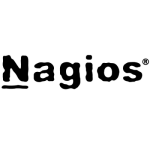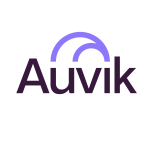My team uses SolarWinds to do some of the network monitoring. I look at the reports.
One of the challenges with SolarWinds is that in order to pull the data, we have to have a lot of false positives.
False positives or positive falses are a concern because you want to be as accurate as possible and get them down to zero, which is what you want on your network. Once a week with the reports there, is always a false positive or vice versa where it's showing that it's up and really it's down.
We are looking at how we can overcome that issue. Is it a work issue, or does it come from the tool itself? It will show that something is down when it's up and every once in a while if something is down it shows that it is still up.
We would like to be able to pull information from the vendor's OEM. It would be helpful to have crosswalks or if it could have a running list that goes out of models, software, and it can pull out the end of life, or end of service life dates. Also to suggest the recommend current version to use, that way you can do the comparisons without having to do a manual search. That would be beneficial.
Similar to other tools, I would also like to see a graphical map of your network that highlight in green, red, or yellow, and if you see a specific device you can click on it and it will help you drill down on the details of that device.
There are other things that it should be able to do, such as when it comes to monitoring the infrastructure and my server, and there are issues developing like the circuits degrading or latency is increasing it should give you a notification to know what is going on, rather waiting for the device to go down which at that point it would be too late. You want to be able to do proactive monitoring and reaction.
We want to get to a monitoring level where if it is monitoring the server, the CPU, or the storage level you could have presets where it will identify and give you warnings to say that you are at 70% or 80% storage capacity. This would allow you to get ahead of it before you run out.
It would be the same for the CPU utilization and knowing if it is running 20 or 30% premiums normally or is it running at 90 or 100% and you have to add CPUs.
It could let you know if you have other tools or applications that are running too hot or if they need to be changing out that tool or is it something else.
To have something in place where it can help us to do some analysis and be proactive would be helpful.
I don't use this solution, I oversee a team who uses it.
We don't have any issues with the stability of SolarWinds NPM.
We had one problem, but it wasn't a stability issue, it was a hack that occurred earlier this year that affected everyone using SolarWinds. After that, it took a bit to get it stabilized to where it is now.
Our team that has worked with technical support hasn't had any complaints. It goes pretty well.
I am familiar with several tools.
They will be putting NetScout on their network to look at some of the differences and to look at the pluses and minuses of each of the two tools.
I would rate SolarWinds an eight out of ten.


















